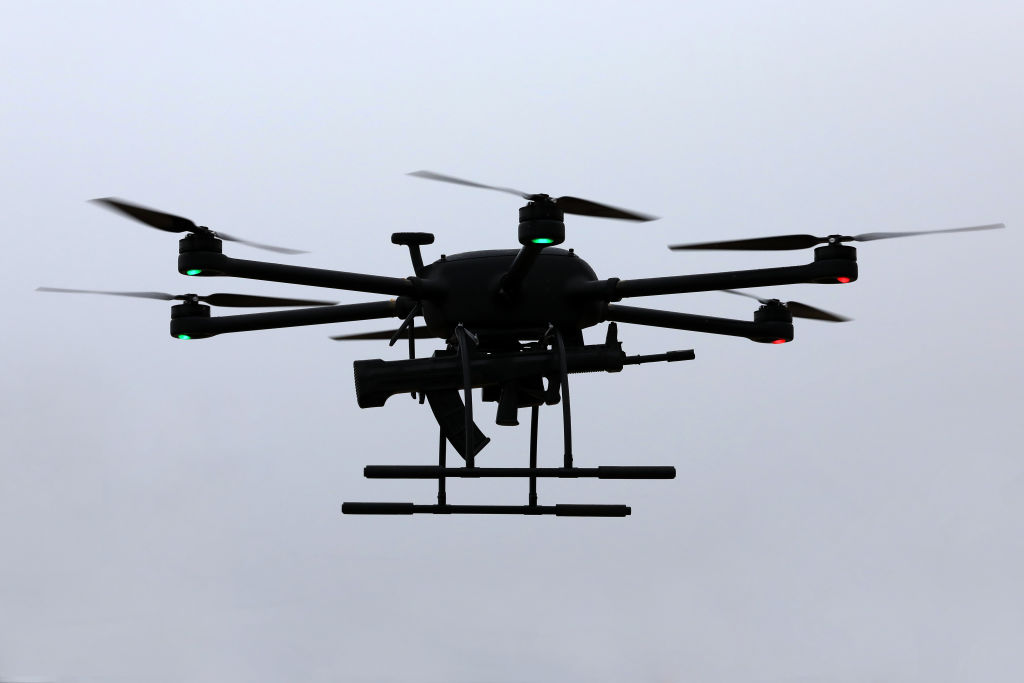According to recent reports, the United States military plans to deploy thousands of autonomous weapons systems in the next two years to counter China’s growing power. The initiative, known as the Replicator, will partner with defense and tech companies to produce affordable systems for all military branches.
Over the past decade, there has been a significant development in advanced robotic systems for military use, many of which have been based on modified commercial technology. More recently, there has been a shift towards experimenting with the best ways to utilize these systems in combat. The ongoing conflict between Russia and Ukraine has demonstrated that this technology is ready for real-world deployment.
U.S. Deputy Secretary of Defense Kathleen Hicks emphasized the urgent need to change how wars are fought, stating that the new Replicator program aims to field “attritable autonomous” systems at a scale of multiple thousands, in multiple domains, within the next 18 to 24 months. In this context, “autonomous” refers to a robot capable of carrying out complex military missions without human intervention, while “attritable” implies the robot is affordable enough to risk and replace if lost during a high-priority mission.
China’s People’s Liberation Army currently has a significant advantage in terms of mass, with more people, tanks, ships, and missiles. The Replicator program aims to offset this advantage by building thousands of attritable autonomous systems, thereby providing the United States with the necessary numbers to win potential future wars. This strategy is particularly relevant when considering a hypothetical battle for Taiwan, which some analysts believe could soon commence.
However, concerns surrounding autonomous systems and their compliance with the laws of armed conflict have been raised. Optimists argue that robots can be programmed to follow rules and may even obey better than humans in the heat and confusion of combat. Pessimists, however, point out the potential for robots to misunderstand situations and attack when they should not.
As the United States becomes the first nation to field large numbers of autonomous systems, other countries, notably China, with its strength in both artificial intelligence and combat drone production, are expected to follow closely behind.













